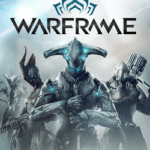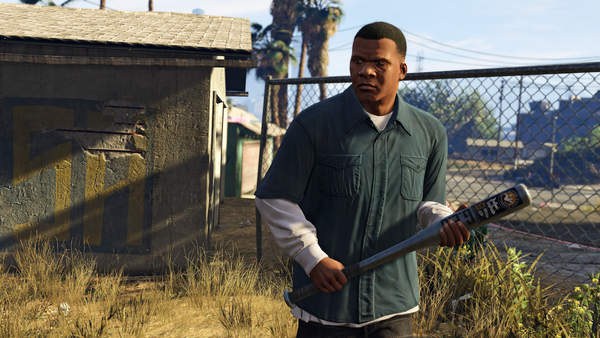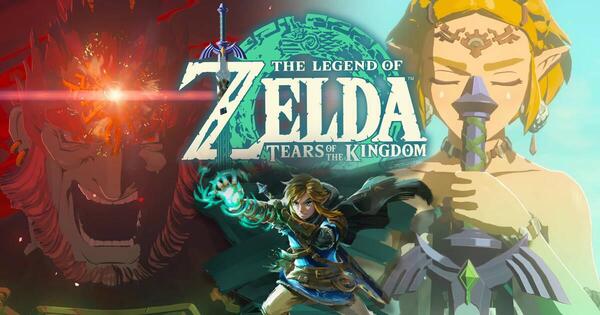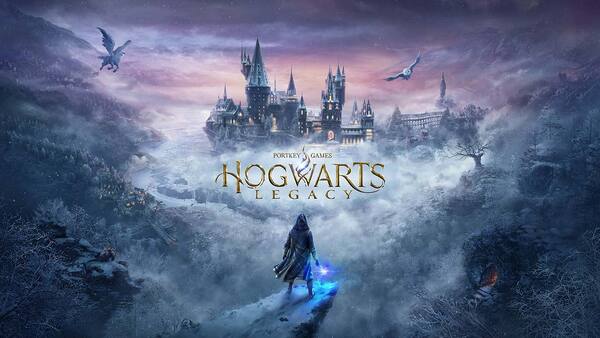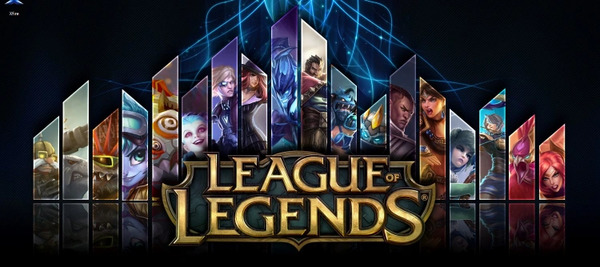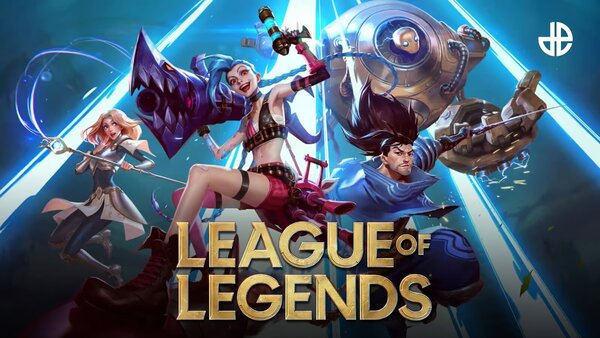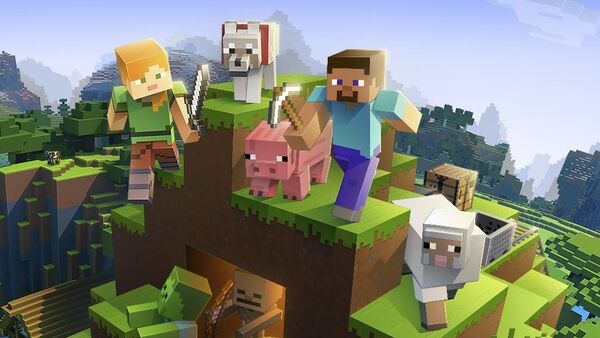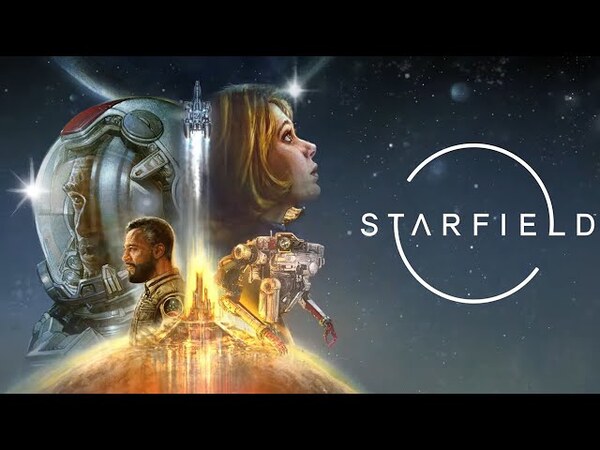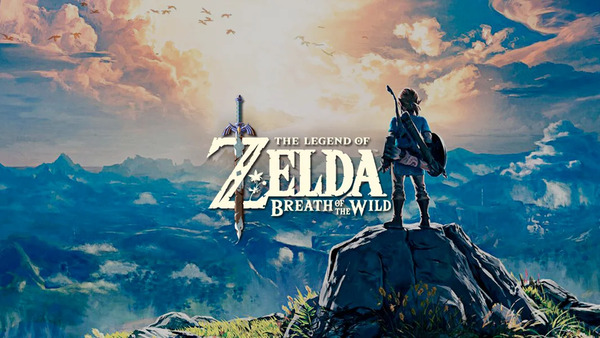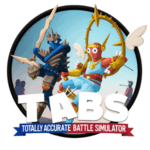Fortnite is more than just a video game—it is a cultural phenomenon that has reshaped how people interact, compete, and express themselves in virtual worlds. Developed by Epic Games and launched in 2017, Fortnite began as a co-op survival shooter called Fortnite: Save the World but gained explosive popularity with the release of its free-to-play battle royale mode. Since then, the game has evolved into a multi-platform experience that blends competitive gameplay with vibrant creativity, live events, and extensive crossovers with pop culture. From esports tournaments and creative sandbox building to virtual concerts and film promotions, Fortnite has become a digital social hub for millions. Its accessibility, constant updates, and clever integration of entertainment trends have kept it relevant for years and cemented its legacy as one of the most influential games of the 21st century.
1. The Origins of Fortnite and Its Rise to Fame
Originally announced in 2011 and released in early access in 2017, Fortnite started as a cooperative player-versus-environment (PvE) experience called Save the World. However, when Epic Games observed the success of battle royale games like PlayerUnknown’s Battlegrounds, they pivoted quickly and released Fortnite Battle Royale in September 2017. The timing was perfect, and the free-to-play model made it widely accessible. Fortnite Battle Royale attracted millions of players in just a few months, propelled by influencer support, strong community interaction, and the novelty of building mechanics in a shooter format. Within a year, Fortnite had surpassed 125 million players and generated billions in revenue through microtransactions. Its cartoonish visuals, accessible gameplay, and cross-platform availability helped it reach players of all ages, setting it apart from grittier competitors in the genre. Rating: 5.0 out of 5 for strategic launch and market disruption
2. Core Gameplay and the Battle Royale Experience
At its heart, Fortnite Battle Royale pits up to 100 players against each other on a large, shrinking map. Players drop from a flying battle bus, scavenge for weapons and materials, and fight to be the last one standing. What makes Fortnite unique is its building mechanic, which allows players to construct walls, ramps, and structures in real time for defense, mobility, or strategic advantage. The building system adds a new layer of skill and creativity to the standard battle royale formula. Players must master not only shooting but also resource management and spatial thinking. Combat feels fluid, and the game emphasizes movement and reaction over hyper-realistic accuracy. Updates frequently introduce new weapons, gadgets, and mechanics, constantly reshaping the meta and keeping gameplay fresh. Rating: 4.7 out of 5 for innovative mechanics and replayability
3. Seasons, Chapters, and the Live Service Model
Fortnite is structured around seasons and chapters, each bringing new content, themes, and major changes to the map and gameplay. Every season typically lasts 10 to 12 weeks and includes a Battle Pass—a progression system offering cosmetic rewards, skins, emotes, and in-game currency for completing challenges. Epic Games treats Fortnite as a live service, which means the game is continuously evolving. Narrative arcs span multiple seasons, and each new chapter introduces massive overhauls, such as updated graphics engines, new islands, or movement systems. Fortnite has gone through four major chapters, each reshaping the core experience while maintaining its addictive gameplay loop. The seasonal structure keeps players engaged and ensures that there’s always something new to discover. Rating: 4.8 out of 5 for content cadence and player retention
4. Art Style, Visuals, and Audio Design
Fortnite’s distinctive art style is colorful, cartoonish, and highly stylized. This aesthetic not only makes the game accessible to younger audiences but also contributes to its smooth performance across a wide range of devices. Characters are expressive, animations are fluid, and environments are filled with whimsical details. The visual approach allows for bold creativity in skin design, map biomes, and in-game events. Sound design is equally important. From distinct weapon sounds and footstep cues to the iconic emote music, audio in Fortnite is not just functional—it enhances immersion and strategy. Visual cues like sound rings help hearing-impaired players track nearby activity, reinforcing Epic’s commitment to accessibility. Rating: 4.9 out of 5 for style, performance, and inclusivity
5. Crossovers, Events, and Cultural Influence
One of Fortnite’s biggest strengths is its collaboration with entertainment franchises. Over the years, it has partnered with Marvel, DC, Star Wars, Naruto, Dragon Ball, Ariana Grande, Travis Scott, and countless others. These crossovers appear as character skins, game modes, weapons, or full-blown live events. Fortnite’s in-game events have redefined how gaming and media interact. Virtual concerts with millions of viewers, live movie trailers, and time-limited story-driven events have turned the game into a stage for global entertainment. These integrations have elevated Fortnite beyond a game into a pop culture platform. Players don’t just compete—they participate in living digital experiences. Rating: 5.0 out of 5 for cultural integration and innovation
6. Creative Mode and UGC Expansion
Fortnite Creative Mode allows players to build their own maps, mini-games, and environments using the same tools as Epic. It has become a platform for user-generated content, where players can experiment with mechanics, design obstacle courses, create roleplaying worlds, or even build original competitive arenas. With the launch of Unreal Editor for Fortnite (UEFN), the tools available to creators have become more powerful than ever. UGC is now a core part of the Fortnite experience, turning players into developers and pushing the game toward a metaverse-like future. The ability to monetize creations through Creator Codes and participation in the Support-A-Creator program further incentivizes community-driven content. Rating: 4.8 out of 5 for creativity, tools, and UGC potential
7. Competitive Play and Fortnite Esports
Fortnite has a vibrant competitive scene, highlighted by events like the Fortnite World Cup, FNCS (Fortnite Champion Series), and regional tournaments. The 2019 World Cup was a landmark moment, with 16-year-old Bugha winning $3 million and solidifying Fortnite’s status as a serious esport. Esports in Fortnite are fast-paced and build-intensive, requiring both mechanical skill and tactical awareness. Competitive players often practice for hours daily, mastering edits, aim, and movement. Epic Games has invested heavily in tournament infrastructure and prize pools. While the skill gap between casual and competitive play can be wide, the ranked system helps segment the player base appropriately. Rating: 4.6 out of 5 for competitive structure and global reach
8. Monetization and Cosmetic Economy
Fortnite is free-to-play, and it makes money primarily through cosmetics. Players can purchase V-Bucks, the in-game currency, to buy skins, emotes, wraps, and other cosmetic items. The Battle Pass is a popular seasonal offering that grants exclusive rewards for progression. Importantly, all monetization is cosmetic-only, which means no pay-to-win mechanics are present. However, some criticism has emerged over the pricing of exclusive skins and limited-time offers, which can pressure players to spend. Despite this, Fortnite’s monetization strategy has been remarkably successful and considered fair by industry standards. Rating: 4.4 out of 5 for fair monetization with minor pricing concerns
9. Community Engagement, Updates, and Accessibility
Epic Games maintains strong communication with the Fortnite community through patch notes, social media, creator spotlights, and live broadcasts. Weekly or bi-weekly updates ensure that the game remains current, addressing balance changes, bugs, and content rotation. Fortnite has made significant strides in accessibility. Features such as customizable controls, colorblind modes, and visual sound indicators make it inclusive for a broader audience. The community is diverse and active, including everyone from young kids building in Creative to pro players grinding tournaments and content creators streaming to millions. Rating: 4.7 out of 5 for community support and developer transparency
10. The Future of Fortnite and Its Enduring Legacy
Fortnite’s future is more ambitious than ever. With the integration of UEFN, a growing emphasis on metaverse features, and continued cross-media partnerships, Epic Games envisions Fortnite as a platform for experiences beyond gaming. Already, players can attend concerts, design games, watch events, and explore new modes like LEGO Fortnite or Rocket Racing. As hardware and network capabilities improve, Fortnite is poised to become a central hub for gaming, creativity, and digital expression. Its success has redefined what a game can be—not just a product, but a service and social platform. Fortnite has changed the industry and will likely continue to influence it for years to come. Rating: 5.0 out of 5 for long-term innovation and cultural permanence
Conclusion: Fortnite as a Game, Platform, and Cultural Icon
Fortnite is a once-in-a-generation game that changed how people think about multiplayer entertainment. It fused gaming with pop culture, creativity, and community in ways that no other title has done before. From intense battle royale matches to chilled-out creative sessions and live digital events, Fortnite offers a diverse playground for everyone. Its accessibility, vibrant art style, and constant evolution make it welcoming to newcomers and exciting for veterans. While monetization and skill barriers in competitive play have drawn some critique, Fortnite’s impact on gaming and entertainment is undeniable. It’s not just a trend—it’s a revolution.
Final Overall Rating: 4.9 out of 5
Fortnite continues to be a game where you can drop in, build up, and rise to victory—or just vibe with friends in a world that never stops changing.








